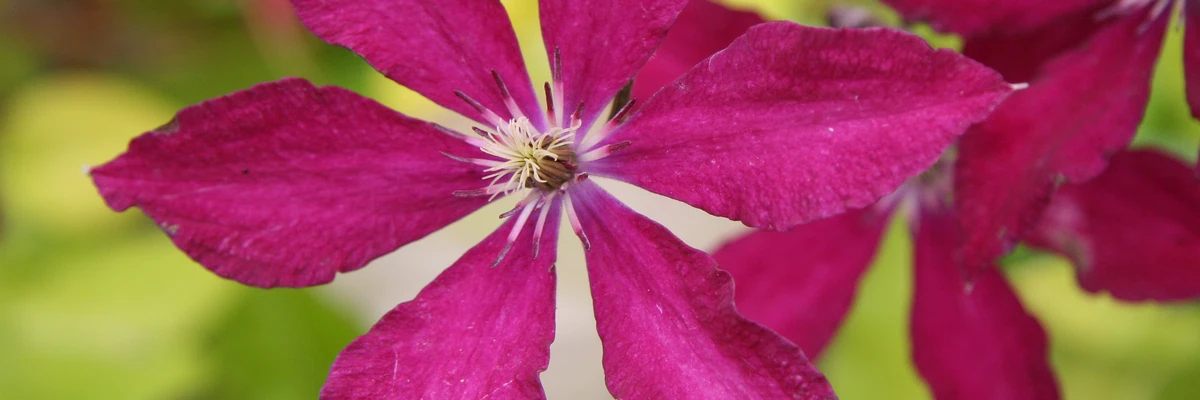CLEMATIS (clematis) represent a world of their own. They come in all colors, from simple to double flowers, in pompoms, bells, giant or small flowers.
But, when you have no more walls or fences to cover, what to do with these climbing plants? In reality, change your habits of constantly looking for vertical support. Simply let them cover the soil of your flowerbeds.
Indeed, clematis are also excellent ground covers with generous vegetation and abundant flowering. Varieties with single flowers will give a better visual effect, resist rain much better, while providing beautiful colors.
In addition, the trees or shrubs in your garden that have little appeal will find a new lease of life if you plant clematis on them to garnish them with their magnificent flowers.
We offer a whole selection of hardy clematis that have proven themselves over many years. Click here to discover all our climbing plants currently available, including clematis.



How to grow CLEMATIS (traveller’s joy)
Planting clematis requires a few tips:
To start, plant the clematis about 5 cm below ground level. This will promote better rooting later on.
Next, set the plants up, laying them down slightly so that the branches begin to cover the ground.
As for water needs, you should know that a clematis needs humidity in summer, but a drained spot in winter.
If you wish, you can cut 50% of the branches each year, approximately 50 cm from the base. This will result in a longer flowering time. Eventually, the unpruned branches will begin to flower first. Then the pruned branches will grow and bloom afterward.



History and Origin
The genus CLEMATIS includes about 380 species. It really became popular among gardeners around 1860.
Today’s cultivars come mainly from China and Japan.
The word clematis originates from the Greek and means “climbing plant”.
CLEMATIS patens (Kazaguruma) was introduced to Europe in 1836 from Japan. It is the species most commonly used to create new large-flowered cultivars.
Wild clematis species such as CLEMATIS florida found their way into Japanese gardens in the 17th century. Later, they were also introduced in Europe.
Finally, during the Victorian era, clematis became symbols representing spiritual beauty, art, but also poverty.




Leave a Reply